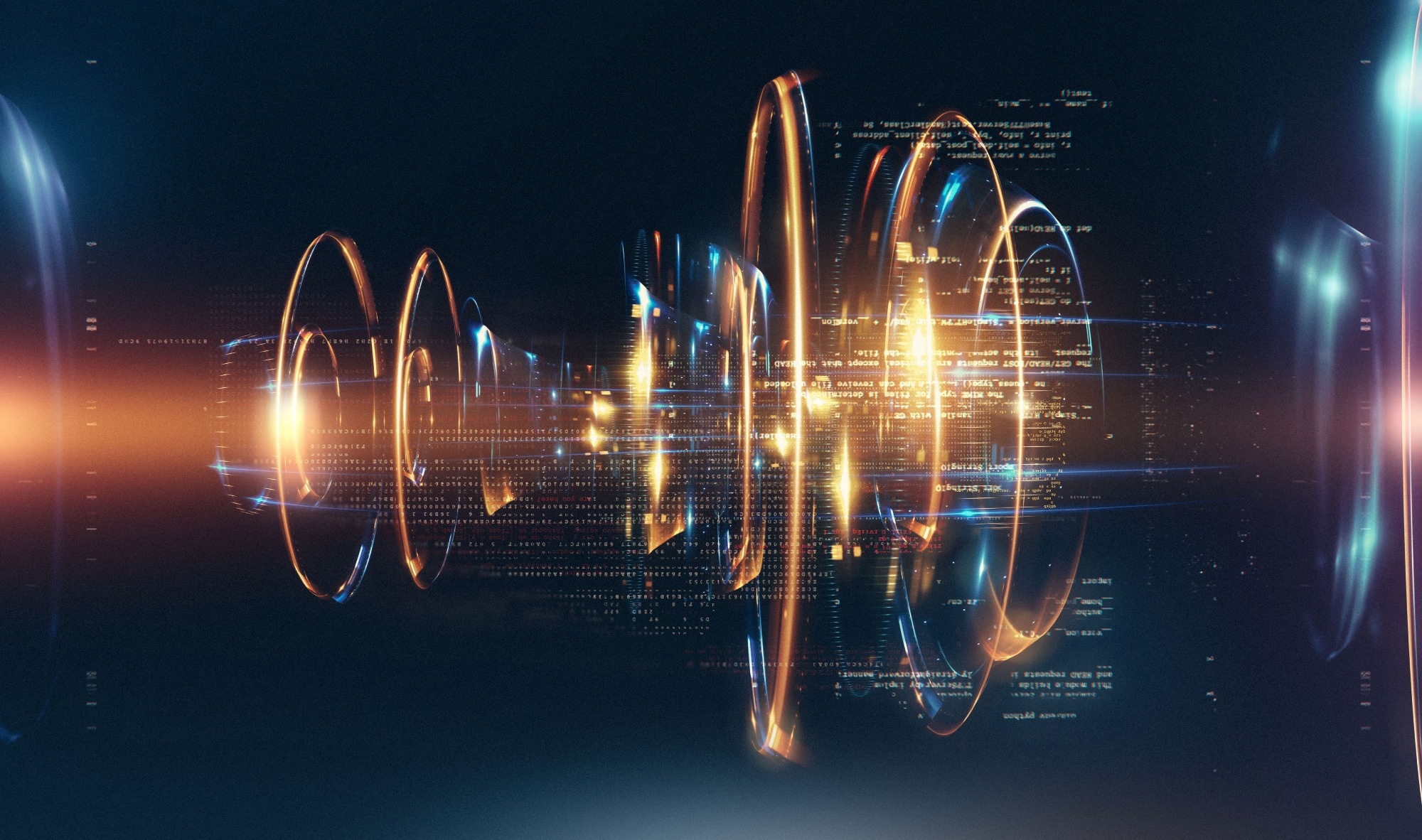NC State’s Rainbow system unites AI and robotics in a first-of-its-kind self-driving lab, revolutionizing how scientists discover, optimize, and scale next-generation quantum dots for displays, solar cells, and beyond.

Research: Autonomous multi-robot synthesis and optimization of metal halide perovskite nanocrystals. Image Credit: Dmitriy Rybin / Shutterstock
Researchers at North Carolina State University have unveiled Rainbow, a first-of-its-kind multi-robot self-driving laboratory that autonomously discovers high-performance quantum dots – semiconductor nanoparticles critical for next-generation displays, solar cells, LEDs, and quantum-engineering technologies. Combining advanced robotics with artificial intelligence, Rainbow can conduct and analyze up to 1,000 experiments per day without human intervention, dramatically accelerating the pace of materials discovery.
"Rainbow brings together multiple robots working in concert to autonomously explore and optimize complex chemistries with extraordinary efficiency," says Milad Abolhasani, corresponding author of a paper on the work and ALCOA Professor of Chemical and Biomolecular Engineering at NC State. "Rainbow's robots automatically prepare chemical precursors, mix them, and execute multiple reactions in parallel using miniaturized batch reactors – up to 96 reactions at a time. The system then automatically transfers all reaction products to a characterization robot, which analyzes the outcomes. From start to finish, every step is fully automated and intelligently coordinated."
How Rainbow Works
To use Rainbow, users begin by designating a target material property – such as emission wavelength or bandgap. Users also give Rainbow an experimental "budget," providing it with how many experiments it should conduct before stopping. From there, Rainbow designs, executes, and analyzes each experiment, using real-time optical characterization and machine learning to decide what to try next in its search for the ideal nanocrystal. In other words, it will autonomously determine which quantum dot synthesis recipe will most efficiently convert an energy input into the desired energy output.
"Rainbow doesn't sleep; it works around the clock, performing in days what would take human researchers years," Abolhasani says. "But it's not designed to replace scientists; it's built to empower them by handling the tedious, time-intensive parts of discovery so they can focus on design and innovation."
Expanding the Boundaries of Discovery
Abolhasani is a leader in self-driving lab technologies, but the robotic elements of Rainbow make it a significant departure from his previous work. By using robots to conduct experiments in different reactors, Rainbow allows researchers to conduct experiments using a wider range of precursor chemistries.
"Because we are not confined to a fixed set of precursors, there is a wider range of potential outcomes in terms of what the highest quality quantum dot will be made of," Abolhasani says. "In addition, Rainbow allows us to explore various ligand structures on the surface of these nanocrystals, which can play a key role in controlling the properties of these quantum dots.
"With Rainbow, we've built a system that not only finds the best quantum dots faster than ever before, it also tells us why they work," said Abolhasani. "That's the power of combining robotics, AI and chemistry in a single, intelligent lab platform."
From Discovery to Scalable Manufacturing
And once Rainbow has identified the best recipe for producing a desirable quantum dot, the system can then be converted from operating small-scale batch reactors for research purposes to operating large-scale reactors for manufacturing.
"Rainbow makes scaling up a seamless transition," Abolhasani says.
Publication and Research Team
The paper, "Autonomous multi-robot synthesis and optimization of metal halide perovskite nanocrystals," is published in the journal Nature Communications. First author of the paper is Jinge Xu, a Ph.D. student at NC State. The paper was co-authored by Christopher Moran, Nikolai Mukhin, Pragyan Jha, Fernando Delgado Licona and Sina Sadeghi, Ph.D. students at NC State; Arup Ghorai, a former postdoctoral researcher at NC State; Fazel Bateni, a former Ph.D. student at NC State; Jeffery Bennett, a postdoctoral researcher at NC State; Koray Latif and Andrew Cahn, undergraduates at NC State; and Lior Politi, a former high school student intern at NC State.
This work was done with support from the University of North Carolina Research Opportunities Initiative (UNC ROI) and the National Science Foundation, under grants 1940959 and 2208406.
Source:
Journal reference:
- Xu, J., Moran, C. H., Ghorai, A., Bateni, F., Bennett, J. A., Mukhin, N., Latif, K., Cahn, A., Jha, P., Licona, F. D., Sadeghi, S., Politi, L., & Abolhasani, M. (2025). Autonomous multi-robot synthesis and optimization of metal halide perovskite nanocrystals. Nature Communications, 16(1), 1-13. DOI:10.1038/s41467-025-63209-4, https://www.nature.com/articles/s41467-025-63209-4